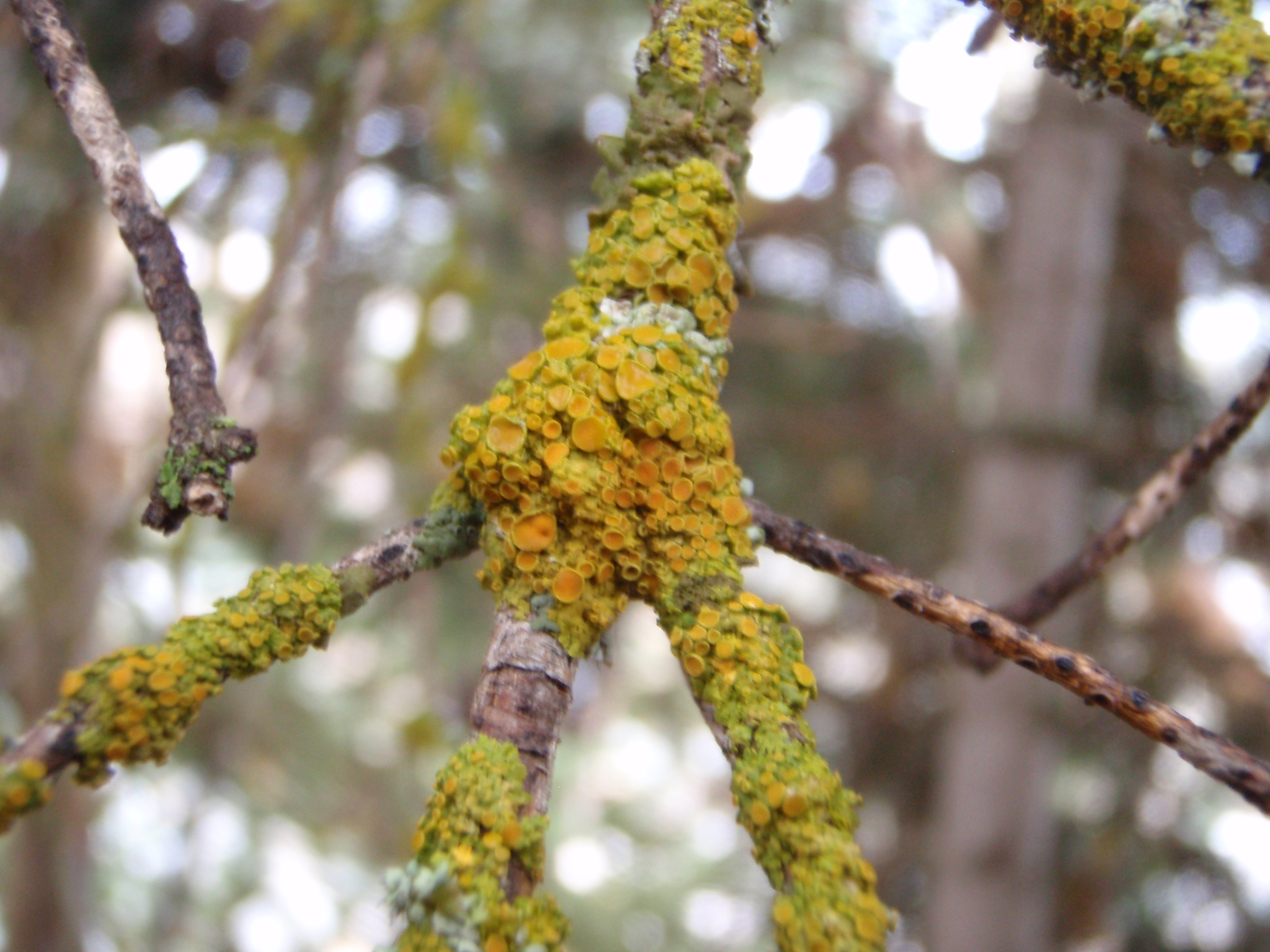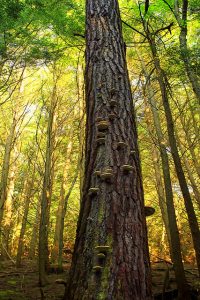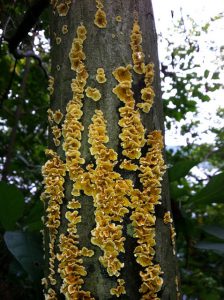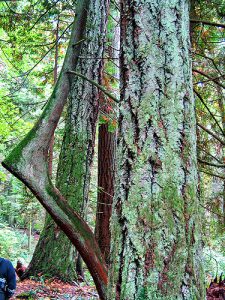
Recently, people have been coming to us with some of the same questions: what are these green spots on my tree and are they bad? Truthfully, the more green you have in your yard, the better most people tend to think it looks – but not in this case. If your trees have green spots, you may have a problem that you should get under control as soon as possible – or you are risking your tree’s health.
There is a difference between trees that have moss growing on their trees or some other type of vines – that is a problem as well, and there are some risks associated with it – but it isn’t as bad as the green spots that make your tree have a polka dotted trunk. If you aren’t sure whether you have moss, vines, or “green spots,” you may need to enlist the help of a professional to see what is really going on – it is better to be safe rather than sorry.
So why are there green spots on your tree – and more importantly, what should you do about them? Let’s have a look:
3. What are these green spots on my trees?
- Could be any number of things
- All look similar, so it is best to have a professional
- Algae, moss, and lichens are the main options
When it comes to having green spots on your trees, there are three main culprits, each with differing amount of risk: algae, moss, and lichens. These all grow on the branches of your trees and the trunks. It is difficult to tell the three apart, but it is possible if you do some research on your own OR if you are a professional.
The Royal Horticulture Society provides the following information on what each is, and how to tell them apart:
Algae: Found on both tree trunks and on the leaves of evergreen trees and shrubs. Algae can be found on trees as a greenish, powdery substance that is most likely on the trunks. It is not unattractive here but can make leaves look extremely dull and unsightly, especially as it gets worse. However, it doesn’t always look green. The alga Trentepohlia is seen as a bright orange powder deposit on both tree trunks and branches, but rarely leaves.
Lichens: Lichens, probably the least known of the growths, appear on trees and shrubs are mainly gray, but can also be green in color. These most often appear as crusty patches, leafy mats, upright branching, or hanging growths on the bark. There are some other ways they appear, but not in this area.
Moss: There are various mosses that can grow on all parts of a tree, including the trunks or branches. These mosses appear in so many different forms, including “large, coarse, loose, green or yellowish-green tufts, densely matted tufts, or compact green cushions.”
One thing you might want to know is that algae, moss, and lichens actually aren’t harmful to your trees – so you don’t have to worry if you spot them. They are all natural, and sometimes don’t look as great, but they won’t do too much harm.
2. Why Do I Have Green Spots On My Trees?
- The climate is right for it
- It is wetter or hotter than normal
- You brought a plant with the growth on it into your yard
When you have green spots on your trees, you cannot really tell much without a lot of research. Each of those green organisms grows for very different reasons. You do have to have the perfect conditions to grow most of them.
To get algae on your trees is extremely rare. Your trees need to have extremely moist bark and it has to stay that moist. This isn’t good for the tree as is, because the bark of a tree trunk shouldn’t be wet all the time. There are some trees that thrive in this environment, but they are rare. Some trees can adapt to be like this, however. The algae won’t harm the tree any more than the moisture will, however.
Moss will grow on trees that have a lot of shade – so trees that have a thicker canopy. Most often, moss does grow on the north side of the tree. The shade makes the perfect conditions for the moss to grow.
According to North Carolina State University, “Lichens increase over time. So older tree have more lichens. Often the lichens will multiply when the tree slows down it’s growth and the canopy becomes less dense. Slow growth and few leaves are not good signs. But it doesn’t mean the lichen is causing the death of the plant. The increase in lichens happens because the tree is dying. Sometimes a cherry tree, apple tree, or azalea becomes covered with lichens. When this happens the tree may be a few years away from death. Of course, every lichen doesn’t mean the plant is declining. Lichens are common on the trunks of large healthy oaks and maples.”
1. How Do I Treat Bark Fungus?
- Depends on what you have
- Sometimes the best thing to do is let them be
- Consult with a professional
In many cases, the best things you can do with green spots on your tree is to just let them be – they aren’t hurting anything, and sometimes the methods that you need to use to eliminate them will hurt them more. However, if they are doing harm, for whatever reasons, or you don’t like the look of them, there are some things that you can do. Some people are able to scrape them off, but you do have to be careful about removing too many layers of bark.
According to Hunker, “There are also commercial sprays that can be used on the trunk, the leaves and roots of an infected tree. These products are best used at the first signs of an infection and sprayed directly into some of the discoloration that’s found on the affected tree. This may help prevent the infection from spreading further and may help save the tree. However, if a bark is fully rotted through and if the fungus has spread throughout its entire internal system, the tree will not be able to take in water or sprays.”
If you are looking for a tree care professional in Southern Ontario, give Van Till Tree Care a call today at (705) 653-3777. We will help you to better understand your trees and how to handle any green spots, pruning trouble, or soil issues that you may find – of course, we can also help you with many other issues that you might find for your trees – from the very top of the tree to the roots.




